On September 2, 1945, Ba Dinh Square was packed with hundreds of thousands of people. The golden autumn sun spread gently, the sky of Hanoi was strangely blue. When President Ho Chi Minh stepped onto the simple wooden platform, the sea of people suddenly fell silent, as if holding their breath before the historic moment.
From that podium, His voice resounded, deep but clear, echoing each immortal word of the Declaration of Independence, giving birth to the Democratic Republic of Vietnam.
Few people know that this historic platform was hastily built in just one night, lasting less than 24 hours, using wood, cloth and nails borrowed from the people, and then dismantled immediately after the ceremony. A short-lived structure, but the sacred light from that place will last forever with the nation.

Independence Monument designed by architect Ngo Huy Quynh.
Urgent mission
Painter Ngo Thanh Nhan - son of the late architect Ngo Huy Quynh - shared: “My father told me: on August 30, he had just returned from Nam Dinh after participating in the coup. At that time, Mr. Pham Van Khoa - later a director and people's artist - came to my house at 22 Quang Trung.
He explained: “The Viet Minh assigned my father the task of designing the platform for President Ho Chi Minh to read the Declaration of Independence. The requirements were: it had to be solemn, strong enough to support 30 people standing on it, including Uncle Ho, and it had to be completed in just one day.”
A young architect, only 25 years old, took on a historic responsibility. Without much time to think, Ngo Huy Quynh immediately got to work.
“At noon on September 1, he presented the first sketch. It was a high square wooden platform, each side 5 meters, covered with dark red cloth. In front of the stage were two incense burners, in the middle was a tall flagpole. Everything was very simple but sturdy. Mr. Nguyen Huu Dang - Head of the National Day Organizing Committee - took the sketch and presented it to Uncle Ho. Uncle Ho looked at it and immediately nodded in agreement,” Mr. Nhan said.
The problem is not just the form, but the structure. “My father always reminded me: the most important thing is to ensure absolute safety. Because on the stage that day there were Uncle Ho and the Provisional Government. There could not be any negligence.”
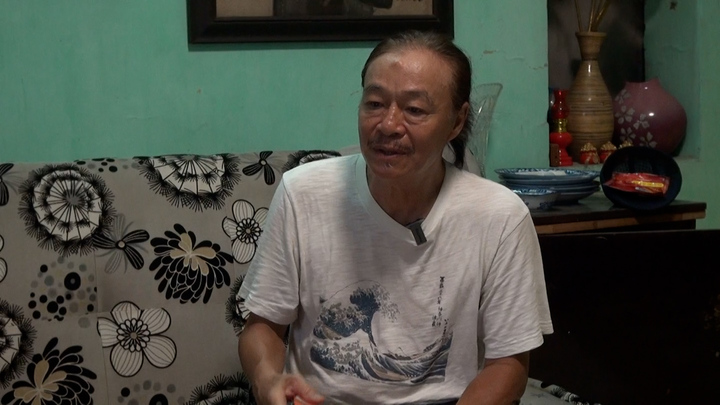
Painter Ngo Thanh Nhan.
A historic white night
When the blueprint was approved, the whole of Hanoi got involved. From wood, fabric, nails, to craftsmen, all were mobilized within a few hours.
“My father told me that at that time, the construction team had to borrow each plank and roll of fabric. People were willing to lend them without asking for any compensation. They considered it an honor to contribute to the revolution. There were old French trucks painted with the letters VH (Ville de Hanoi - Hanoi City) brought in to transport materials. My father joked with writer Nguyen Huy Tuong: VH also means Culture, how appropriate!”
On the night of September 1, 1945, Ba Dinh Square was lit by oil lamps. The sounds of hammers, saws and chisels resounded loudly. Intellectuals, artists, workers and young people worked all night long.
There is a little-known detail. “My father had a steel stake - which was the teeth of the Muong people's harrow - driven into the middle of the platform. It was to reinforce the structure, but it also had spiritual significance, as a fulcrum of the nation,” said painter Ngo Thanh Nhan.
Early morning of September 2, the ceremony platform was basically completed.
Historic moment
At exactly 2 p.m., President Ho Chi Minh stepped onto the podium. He wore a simple khaki suit. Before him were hundreds of thousands of eager people, packed into Ba Dinh Square.
“My father stood below, speechless when he heard Uncle Ho raise his voice: “Compatriots of the whole country… The whole Square fell silent, then exploded with shouts: “Independence! Independence!” He said he had never seen such a burning national spirit before” - Mr. Nhan was moved.
The Declaration of Independence was read from a simple podium, but it was the birthplace of a new nation.
What is special: right after the ceremony, the stage was dismantled. “My father said that all the wood and fabric were returned to the people. The people were very happy because they saw their property being respected and not wasted. He always considered it a principle: if you borrow from the people, you must return it to the people,” Mr. Nhan said.
A work that existed for less than a day, but has forever entered the history of the Vietnamese people.
After the Independence Palace, architect Ngo Huy Quynh continued to leave many marks on Vietnamese architecture. He participated in the planning of the capital Hanoi, designed the Kim Lien apartment complex, and gave advice on the plan for the Ho Chi Minh Mausoleum.
“My father refused many job offers abroad with very high salaries. He said: architecture must be rooted in national culture, must serve the country. Therefore, he stayed, spent his whole life researching, writing books, leaving behind works such as: History of Vietnamese architecture - a bedside book for many generations of students” - Painter Ngo Thanh Nhan shared.
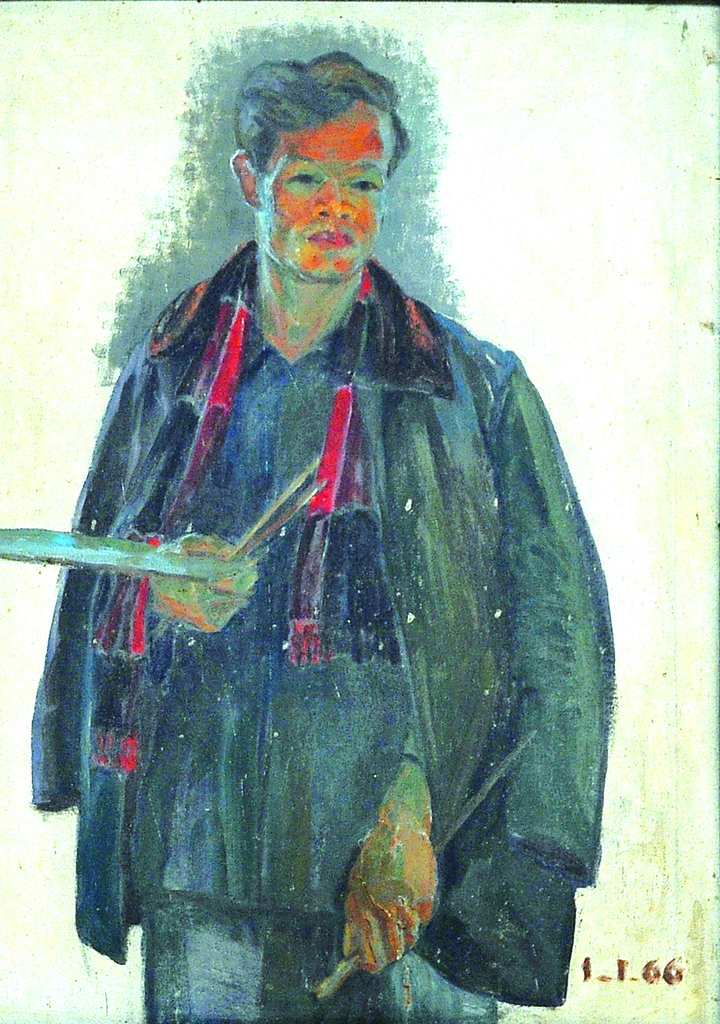
Self-portrait of Architect Ngo Huy Quynh
Legacy continues
Architect Ngo Huy Quynh’s family still preserves valuable relics: the altar drawing, notes, and sketches. Mr. Nhan pointed out: “This is the design of the Independence altar that my father drew 80 years ago. We consider it a family treasure. My father left behind not only the work, but also the spirit of patriotism and loyalty to the nation.”
Mr. Nhan said that his family has three generations of architects. “My brothers and I, and many of our grandchildren, have followed in our father’s footsteps as architects. It is a natural continuation of a tradition . ”
Today, the name Ngo Huy Quynh is given to a street in Hanoi, as well as a flower garden in Long Bien. “It is the recognition of society for my father, and the pride of the family.”
When asked about the message his father left behind, artist Ngo Thanh Nhan paused: “My father created an immortal work when he was only 25 years old. He once said: We must know how to preserve and promote folk architecture, we must find beauty from our own people. I just hope that today's young generation can also maintain the same spirit of dedication, creativity and patriotism.”
From a stage hastily built at night with wood, cloth and nails borrowed from the people, an entire nation entered the era of independence. The structure lasted less than a day, but the light from that place has continued to shine for the past eight decades. It reminds us that value does not lie in the sustainability of material things, but in the spirit of dedication and the aspiration to build the future.
For today's generation, the story of the Independence stage is not only a heroic memory, but also a message: Know how to live simply but proudly, commit but persevere, so that each person can become the "stage" of their own time - supporting and spreading the flame of patriotism, creativity and humanity.
Vtcnews.vn
Source: https://vtcnews.vn/le-dai-bac-ho-doc-tuyen-ngon-doc-lap-cong-trinh-bat-tu-trong-lich-su-ar961244.html




![[Photo] Hanoi: Authorities work hard to overcome the effects of heavy rain](https://vphoto.vietnam.vn/thumb/1200x675/vietnam/resource/IMAGE/2025/8/26/380f98ee36a34e62a9b7894b020112a8)
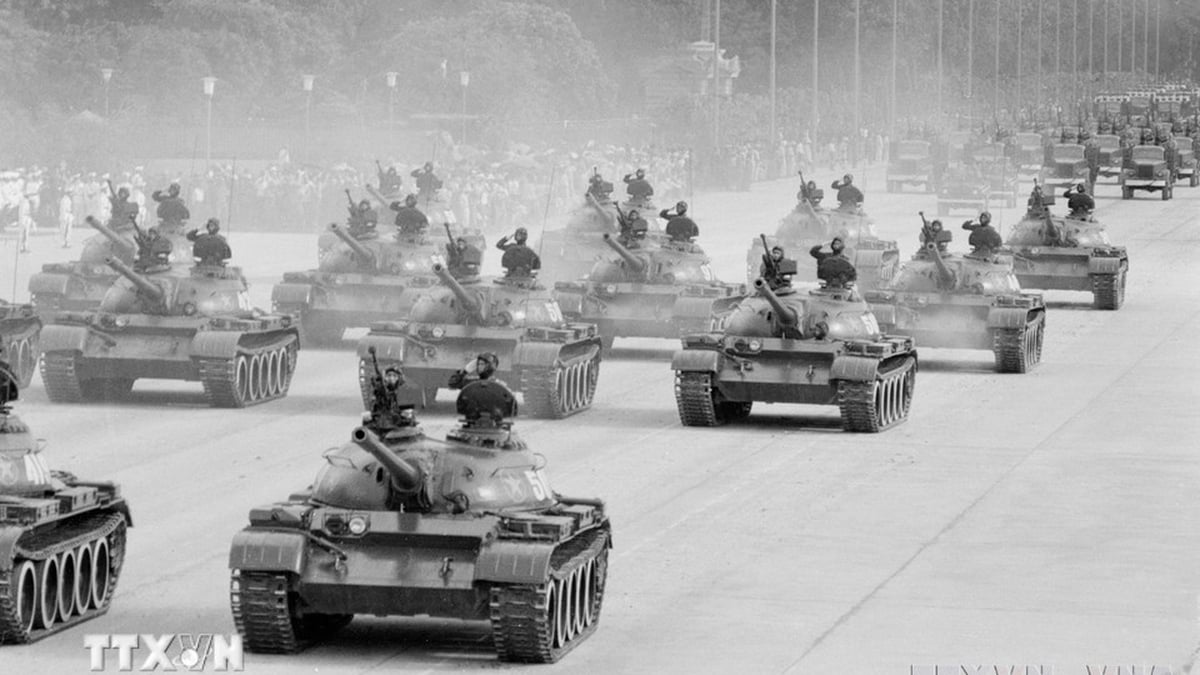
![[Photo] Multi-colored cultural space at the Exhibition "80 years of the journey of Independence - Freedom - Happiness"](https://vphoto.vietnam.vn/thumb/1200x675/vietnam/resource/IMAGE/2025/8/26/fe69de34803e4ac1bf88ce49813d95d8)


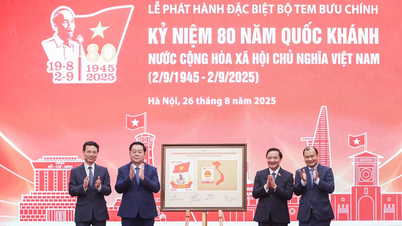

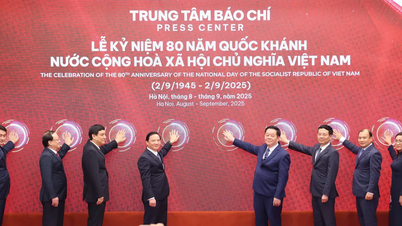
![[Photo] Imprints of the National Day parade in history](https://vphoto.vietnam.vn/thumb/402x226/vietnam/resource/IMAGE/2025/8/26/06b4ba9c0cba42dcb9bf559ed79a0a4d)

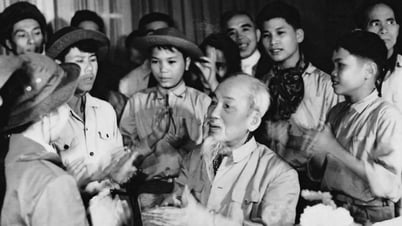


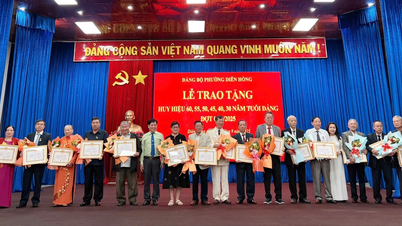

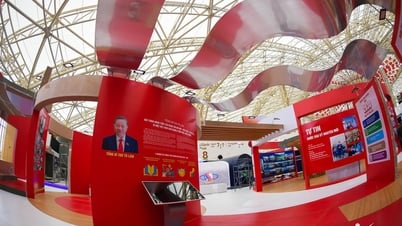



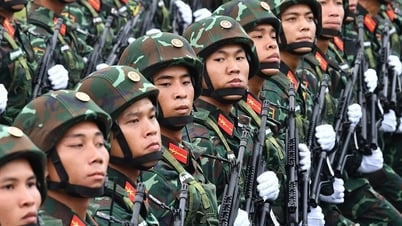
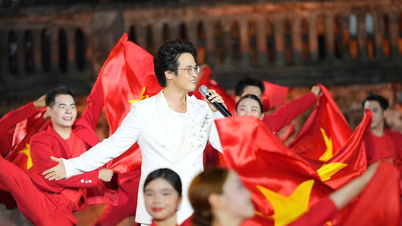









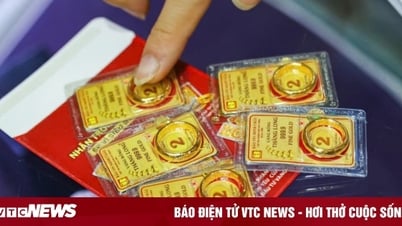

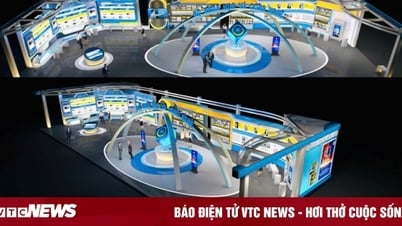

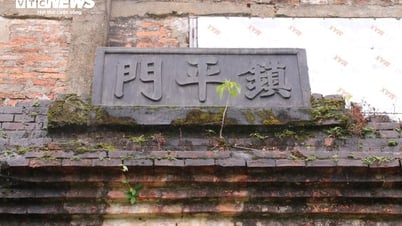


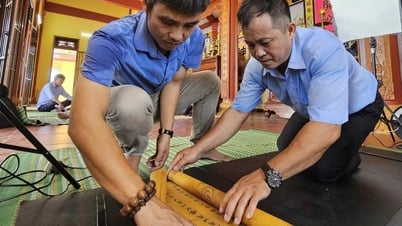

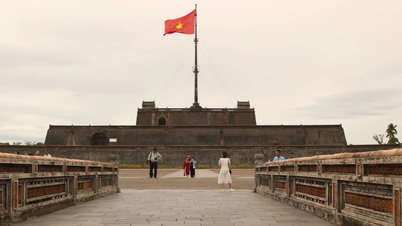

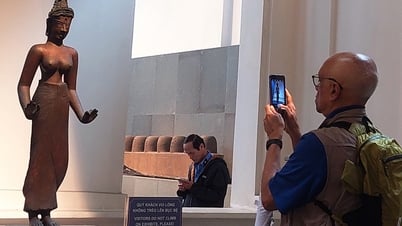



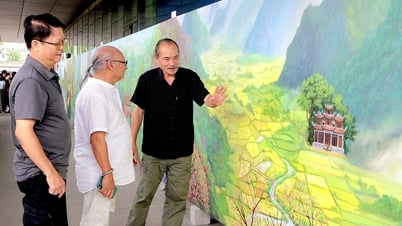



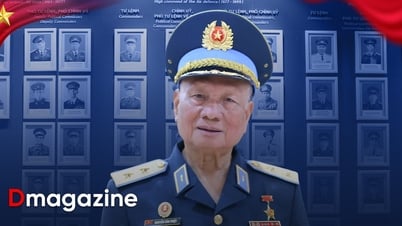
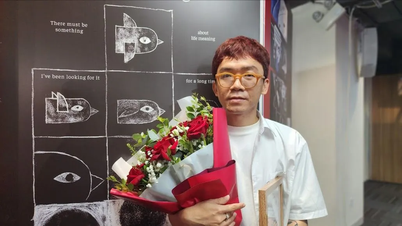
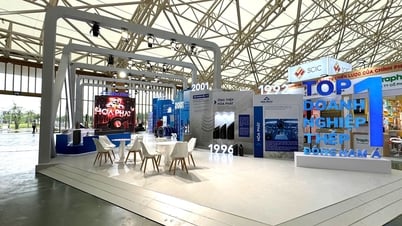
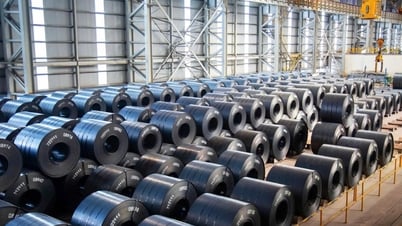


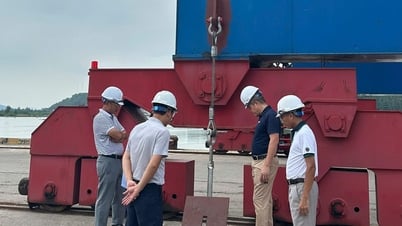




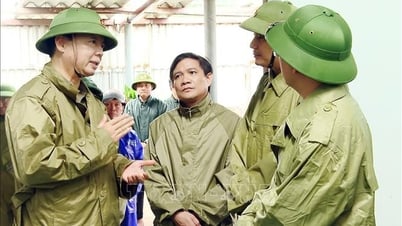

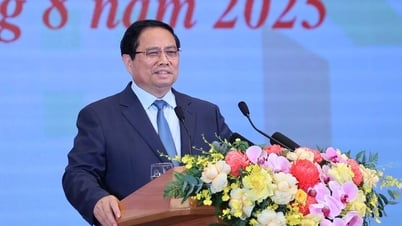






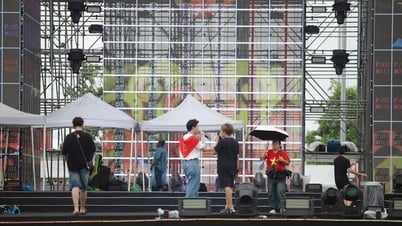
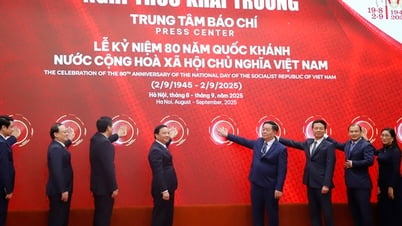





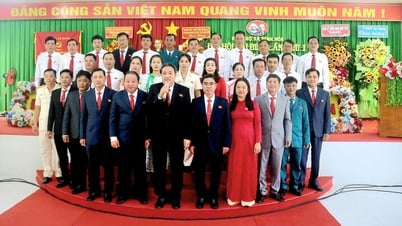



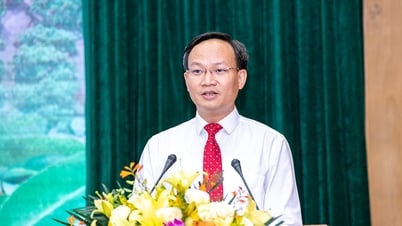



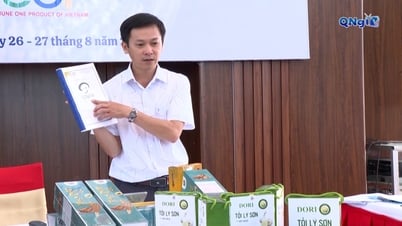










Comment (0)